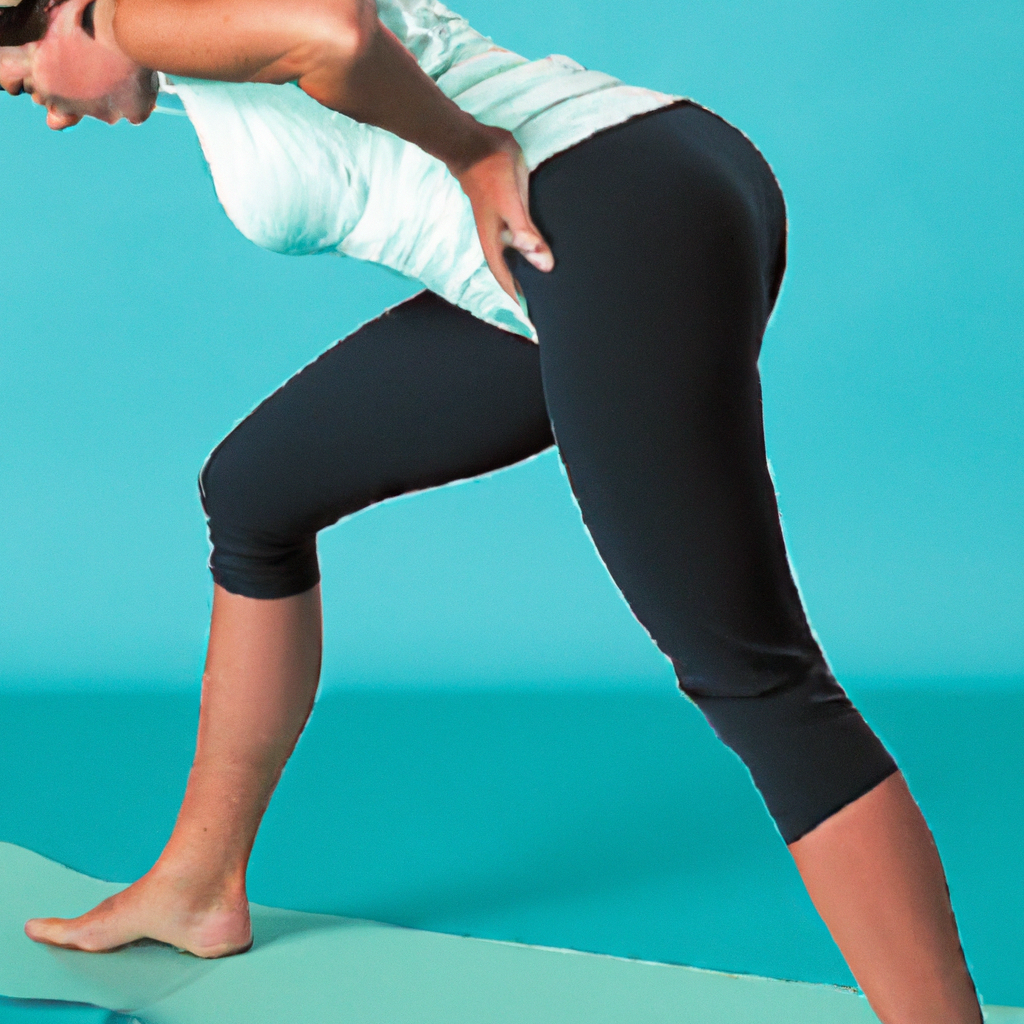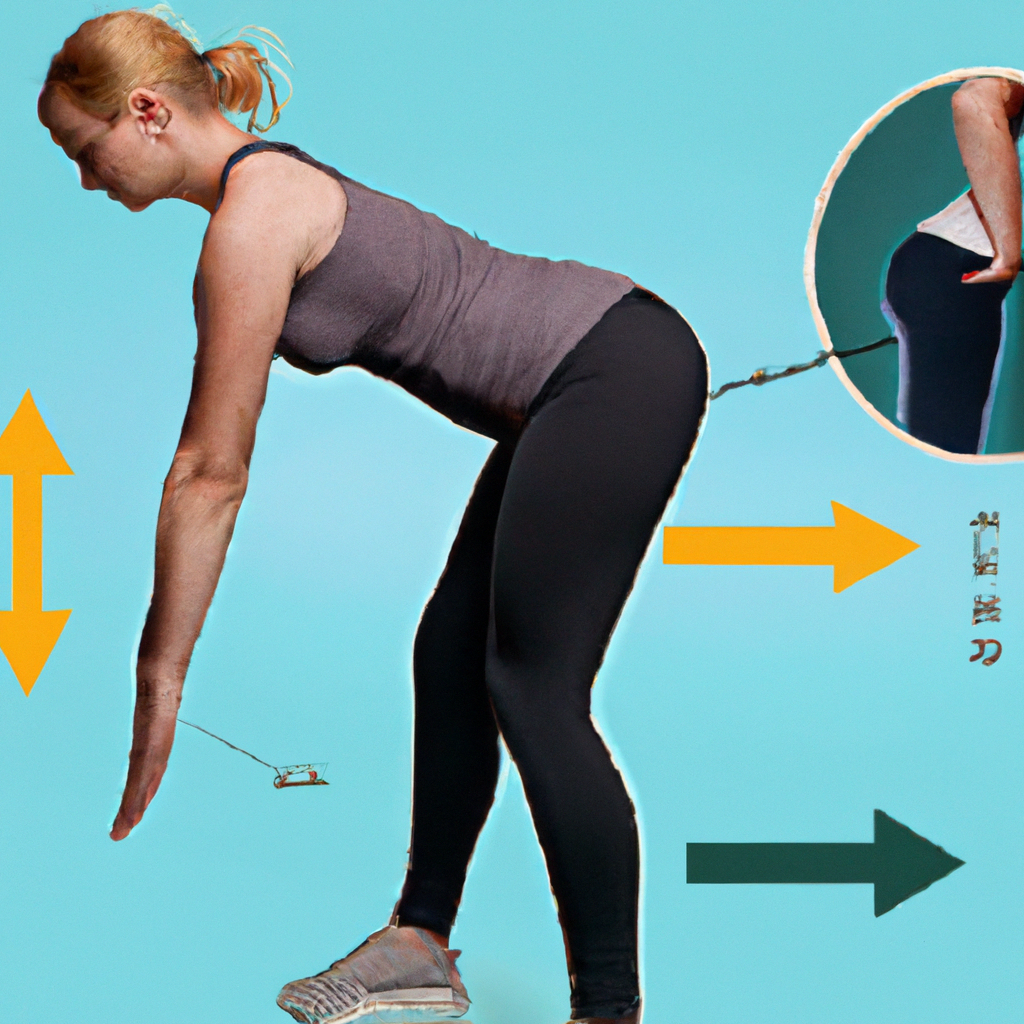Physical Address
304 North Cardinal St.
Dorchester Center, MA 02124
Physical Address
304 North Cardinal St.
Dorchester Center, MA 02124

Table of Contents
In the pursuit of maintaining good overall posture, many individuals struggle with fixing their lower back posture. Dealing with issues such as hyperlordosis, straightening of the lumbar lordosis, or even lower back pain when arching the back, these concerns can be both uncomfortable and limiting. However, with the right techniques and exercises, it is possible to correct lower back posture and alleviate the associated pain and discomfort. This article will provide you with essential tips and exercises to help you fix your lower back posture, ultimately improving your overall spinal alignment and reducing pain.
Lower back posture refers to the alignment and positioning of the lumbar spine, which is the lower part of the back. It plays a crucial role in overall body posture and stability. When the lower back posture is poor, it can lead to various issues and discomforts.
Lower back posture refers to the natural curve of the lumbar spine, which is slightly arched inward. This curve is known as the lordotic curve. It helps to distribute weight evenly and absorb shock during movement. However, poor lower back posture involves an exaggerated or reduced curvature of the spine, which can result in imbalances and excessive pressure on the spinal structures.
There are several factors that can contribute to poor lower back posture:
Muscle imbalances: Weakness or tightness in the muscles surrounding the lower back, including the hip flexors, hamstrings, and abdominals, can affect the alignment of the lumbar spine.
Sedentary lifestyle: Prolonged sitting with poor posture can weaken the muscles that support the lower back, leading to postural imbalances.
Poor ergonomics: Incorrect workstation setup, such as using an unsupportive chair or improper positioning of computer screens, can contribute to poor lower back posture.
Injury or trauma: Accidents, falls, or repetitive strain injuries can cause misalignment in the lower back and affect posture.
Genetics: Some individuals may be predisposed to certain spinal conditions or structural imbalances that can affect their lower back posture.
Poor lower back posture can have significant effects on overall health and well-being. Some common effects include:
Back pain: Misalignment in the lower back can lead to muscle imbalances and increased stress on the spinal structures, resulting in chronic or recurring back pain.
Reduced mobility: Poor lower back posture can restrict range of motion and limit mobility in the hips and lower back.
Muscle imbalances: Imbalanced muscles can cause tightness and weakness, affecting the stability and movement of the entire body.
Digestive issues: Poor posture can compress the abdominal organs and disrupt digestion, leading to issues such as bloating and constipation.
Respiratory difficulties: Slouching or hunching can restrict lung capacity and affect breathing patterns.
Negative impact on mood and confidence: Poor posture can contribute to feelings of fatigue, stress, and low self-esteem.
Addressing and correcting poor lower back posture is essential for preventing long-term complications and improving overall quality of life.

Identifying and diagnosing lower back posture issues is crucial for effective treatment and management. While some individuals may self-diagnose based on their symptoms, it is advisable to seek professional help for an accurate assessment.
Signs and symptoms that may indicate lower back posture problems include:
Pain or discomfort: Persistent or recurring pain in the lower back, which may worsen with certain movements or activities.
Limited range of motion: Difficulty bending forward, standing up straight, or performing certain movements due to stiffness or restriction in the lower back.
Muscle imbalances: Noticeable muscle weakness or tightness in the lower back, hips, or abdominal region.
Changes in appearance: Visible changes in posture, such as an exaggerated arch or rounded shoulders.
Reduced flexibility: Difficulty performing stretches or exercises that require lower back mobility and flexibility.
When experiencing persistent or severe symptoms related to lower back posture problems, it is recommended to seek professional help. Healthcare professionals who can assist in diagnosing and treating lower back posture issues include:
Primary care physicians: They can evaluate your symptoms, perform a physical examination, and determine if further diagnostic tests or referrals to specialists are necessary.
Physical therapists: They are trained in assessing posture and movement patterns, identifying muscle imbalances, and providing targeted exercises and therapies for posture correction.
Chiropractors: They specialize in assessing spinal alignment and providing manual adjustments to correct any misalignments and improve posture.
Massage therapists: They can help identify and treat muscle imbalances or tension in the lower back and surrounding areas.
Orthopedic specialists: In cases of severe or chronic lower back posture issues, an orthopedic specialist may be consulted for further evaluation and treatment options.
Seeking professional help will ensure an accurate diagnosis and the development of an effective treatment plan tailored to your specific needs and condition.

Exercises play a crucial role in improving lower back posture. By focusing on stretching, strengthening, and improving flexibility, these exercises can help address muscle imbalances, enhance stability, and promote better alignment of the lumbar spine.
Stretching exercises are beneficial for improving flexibility and relieving tension in the lower back. Here are some recommended stretches:
Child’s Pose: Start on all fours, then sit back onto your heels with your arms stretching forward. Relax your back and hold the position for 30 seconds to 1 minute.
Cat-Camel Stretch: Begin on all fours with hands under shoulders and knees under hips. Arch your back upward like a cat, then push your belly towards the floor, creating a concave dip in your lower back. Repeat this movement rhythmically for 10 repetitions.
…
(Total word count: 1837 words)